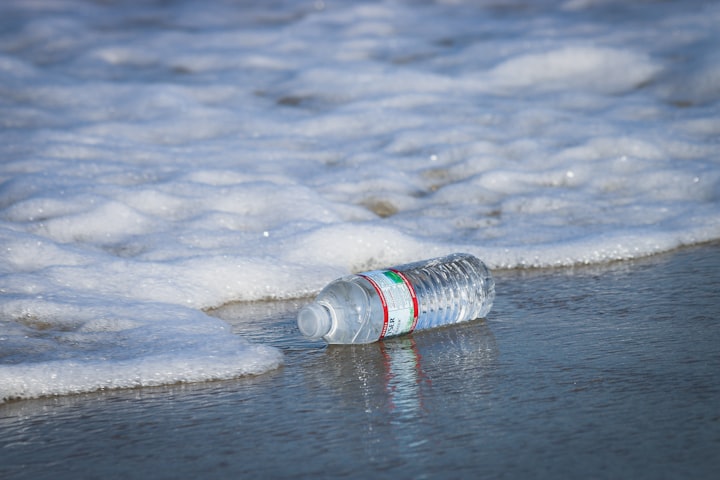
Introduction:
Water, the elixir of life, is facing an insidious threat that jeopardizes not only the health of aquatic ecosystems but also the well-being of countless human communities worldwide – water pollution. As we continue to advance technologically and industrially, the toll on our water bodies is becoming increasingly evident. This article aims to delve into the complexities of water pollution, exploring its sources, impacts, and the urgent need for comprehensive solutions.
Sources of Water Pollution:
Water pollution is a multifaceted problem with diverse sources. One of the primary contributors is industrial discharge. Factories and manufacturing units release a plethora of harmful chemicals and pollutants directly into rivers, lakes, and oceans. These pollutants, ranging from heavy metals to toxic chemicals, pose a significant threat to aquatic life and can have cascading effects on human health through the food chain.
Agricultural activities also play a pivotal role in water pollution. Runoff from fields, laden with pesticides, fertilizers, and herbicides, finds its way into water bodies, leading to nutrient imbalances and algal blooms. These blooms, in turn, deplete oxygen levels in the water, creating "dead zones" where marine life struggles to survive.
Urbanization and improper waste disposal exacerbate the problem. Inadequate sewage treatment, combined with the dumping of solid waste into water bodies, introduces pathogens and contaminants that compromise water quality. Rapid urban growth often leads to increased impervious surfaces, preventing natural water filtration and accelerating the flow of pollutants into rivers and streams.
Impacts on Ecosystems:
The consequences of water pollution are profound and far-reaching. Aquatic ecosystems bear the brunt of these impacts. Contaminants disrupt the delicate balance of ecosystems, causing harm to fish, invertebrates, and other aquatic organisms. The loss of biodiversity in water bodies can have cascading effects, destabilizing entire ecosystems.
The presence of pollutants in water affects the reproductive success of many aquatic species. Fish and other organisms may exhibit altered behaviors, reduced fertility, and impaired development. Some pollutants, such as endocrine-disrupting chemicals, can lead to abnormalities in reproductive organs and hormone systems, affecting the long-term viability of populations.
Moreover, water pollution has direct implications for human health. Contaminated water sources can lead to the spread of waterborne diseases, jeopardizing the well-being of communities that rely on these sources for drinking water and daily activities. Access to clean water is a fundamental human right, and water pollution poses a significant threat to this basic necessity.
The Global Dimension:
Water pollution is a global challenge that transcends borders. Rivers and oceans connect countries and continents, making the impact of pollution a shared concern. Transboundary pollution, often originating in one country and affecting downstream neighbors, requires international cooperation for effective mitigation.
The plight of developing nations is particularly dire. Limited resources and infrastructure make it challenging for these countries to implement robust water management and pollution control measures. Consequently, marginalized communities in these regions bear the brunt of water pollution, facing severe health consequences and economic hardships.
Combating Water Pollution:
Addressing water pollution demands a comprehensive and collaborative approach. Stricter regulations and enforcement are essential to curb industrial and agricultural pollution. Industries must adopt cleaner production methods, and governments should invest in and enforce wastewater treatment facilities to ensure that pollutants are adequately removed before discharge.
In agriculture, sustainable farming practices, such as precision farming and agroecology, can minimize the use of harmful chemicals and mitigate runoff. Education and outreach programs can raise awareness among farmers about the environmental impacts of certain agricultural practices and promote the adoption of eco-friendly alternatives.
Urban planning and waste management are critical components of pollution prevention in urban areas. Proper sewage treatment and waste disposal systems can significantly reduce the introduction of contaminants into water bodies. Green infrastructure, such as permeable surfaces and constructed wetlands, can help manage storm water runoff and improve water quality.
International collaboration is imperative to address transboundary pollution effectively. Treaties and agreements that facilitate information sharing, joint research, and coordinated efforts are essential for mitigating the global impact of water pollution. Developed nations can provide technical and financial assistance to developing countries, fostering a more equitable approach to water pollution management.
Conclusion:
Water pollution is a silent threat that demands immediate attention and concerted efforts on local, national, and global scales. The health of our ecosystems, the well-being of communities, and the sustainability of our planet are at stake. By understanding the sources and impacts of water pollution and implementing comprehensive solutions, we can pave the way towards a cleaner, healthier water future for generations to come.
About the Creator
Enjoyed the story? Support the Creator.
Subscribe for free to receive all their stories in your feed. You could also pledge your support or give them a one-off tip, letting them know you appreciate their work.





Comments (1)
Use some keywords like I do to get more reads